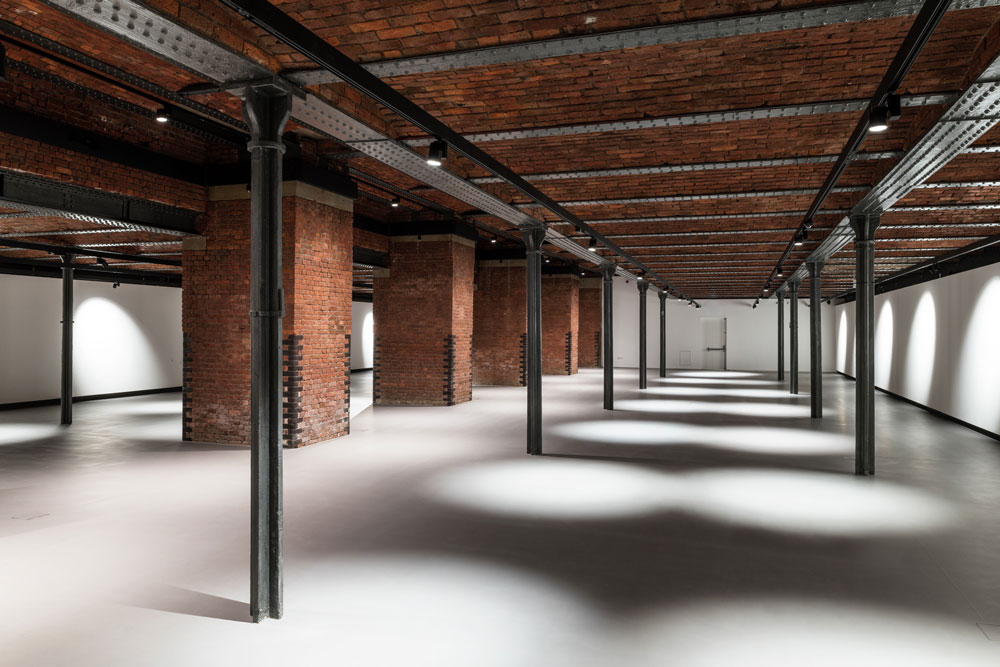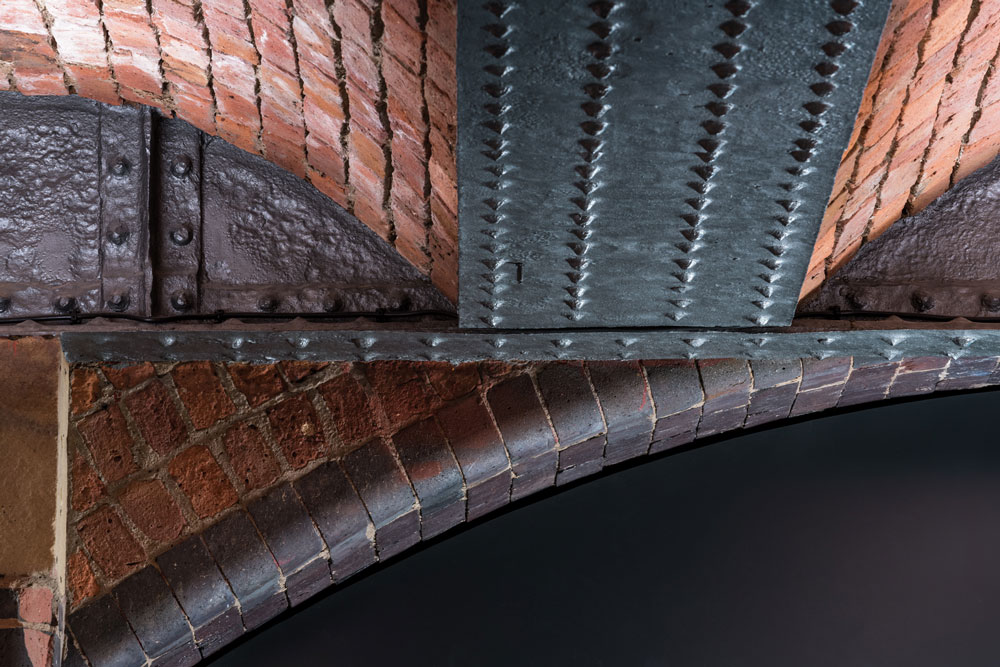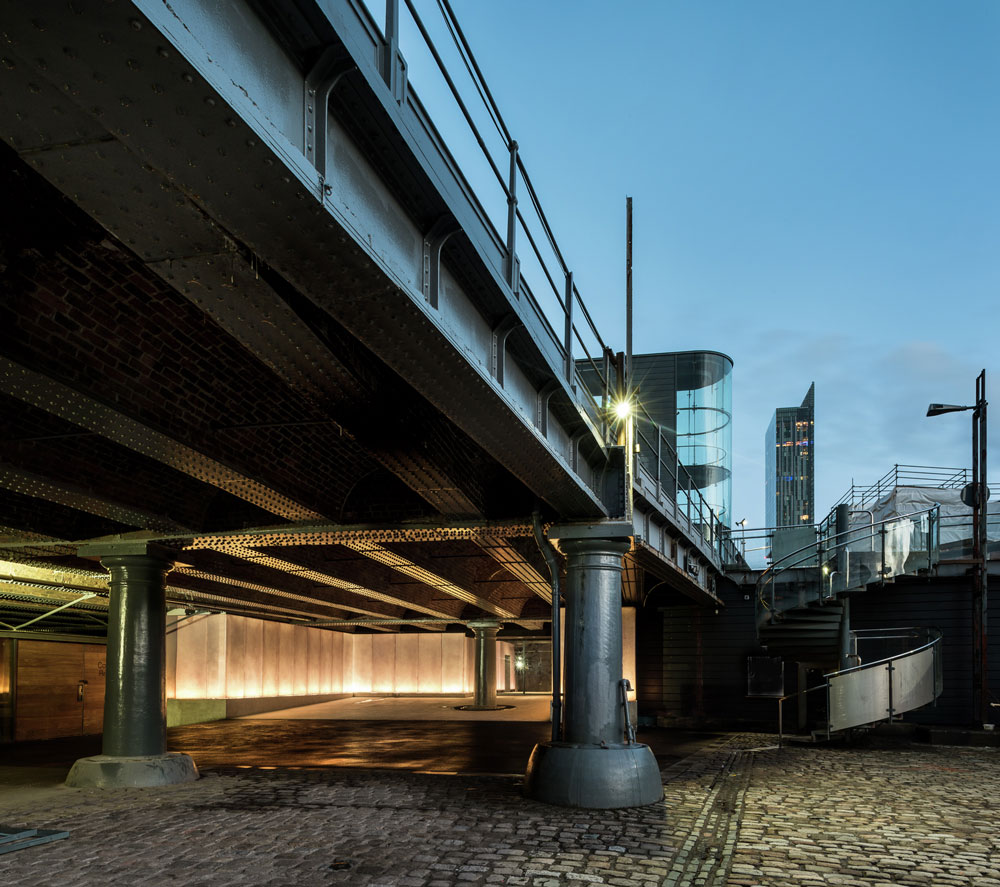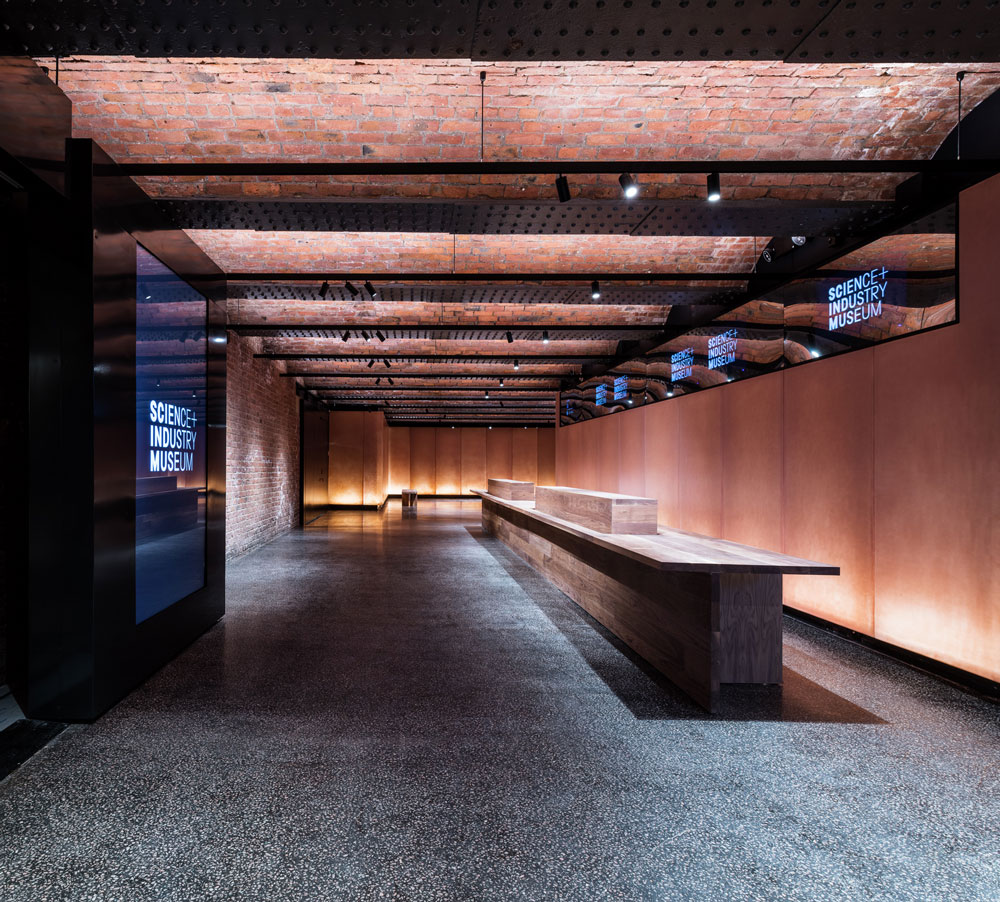As a museum we are unbelievably lucky to inhabit some exceptionally important and beautiful historic buildings. This site was once the Manchester terminus of the Liverpool and Manchester Railway—the world’s first inter-city railway in the world’s first industrial city. For decades its sheds, warehouses and freight yards would have thronged round the clock with workers loading trucks and carriages with the imports and exports that fed the city’s people and its booming industries; everything from sugar to soap, cotton to cauliflowers. Buildings weathered, were demolished, adapted and rebuilt as needed to respond to market needs.
We are incredibly fortunate that so many of these buildings survived. The 1830 Station is the world’s oldest surviving purpose-built passenger station. The 1830 Warehouse is the world’s first railway warehouse. The iconic Power Hall was once the shipping shed for loading goods from rail to road. These working buildings and others in the area are all monuments to the city’s history over nearly two centuries. Nearly 40 years ago now, they began to be adapted for museum use, helping to tell the story of the city. Yet whilst they are a joy to work in and interpret, they can be a challenge to adapt for museum activities and audiences.
Most of our visitors currently enter through the New Warehouse, built in 1882 alongside the site’s busy railway yards, for the efficient storage of a range of goods on their way to market. With its brick and cast-iron structure and large, open floorplates, it is more adaptable to new uses than many historic buildings and in recent decades it has been modified to house everything from popular galleries and open storage to conference and office space.
In 2012 the museum joined the Science Museum Group (SMG), the world’s leading group of science museums. This gave us the impetus to think big, to re-imagine the experience we could offer our visitors, to invest in the much-needed conservation of our wonderful historic site, and to rethink how best to develop it for future visitors.
We are delighted that a multi-million-pound long-term programme of investment is now underway to carry out crucial restoration work and open up new spaces and new perspectives on our site. What happened here changed the world and still impacts our lives today, and whilst it’s vital that we tell that historical story, it’s so much more important that we use it to inspire the city’s future scientists, entrepreneurs and innovators, so that Manchester’s young people can help power the next (green) industrial revolution in all its forms, including digital and zero carbon technologies.
One obvious area of development was provision for changing exhibitions. Joining SMG meant we were able to expand our visitor offer dramatically by bringing to Manchester a series of world-class exhibitions such as Collider, Robots and The Sun. This was where we hit a couple of major problems. The gallery space we had was on the first floor, which meant that whenever we wanted to show objects too big to go in our lift, we needed a telehandler to load them carefully in through the window—a delicate and time-consuming job. The other problem was the low ceiling height, which restricted our ability to create drama and variety when building exhibition sets. To do justice to our exhibitions and the experience of our visitors, we needed a different space.

The space we chose was previously a collection store but had all the raw ingredients for the perfect exhibition gallery. It opens directly onto one of our cobbled yards, providing easy access both for visitors and for large exhibition crates! The space inside is lofty and dramatic, with a lovely red brick vaulted ceiling, slender cast iron columns offering the potential for flexible layouts, as every exhibition we show needs to look and feel very different. It is well insulated and without natural light—perfect for sustainably displaying fragile and light sensitive objects. We were delighted to commission award-winning architectural practice Carmody Groarke to effect the transformation from a storage space to a stunning new gallery.

The entrance and foyer are lined with illuminated panels that literally glow, welcoming visitors to a warm and inviting reception and seating area and through into the gallery. The historic jack arch vaults have been cleaned, restored and beautifully lit, with new gallery walls providing a blank canvas for future exhibitions. As I write this, our first exhibition, Top Secret is being installed, seamlessly, to be ready for the opening night.


This is a landmark project for us, and for Manchester. The new gallery gives us the versatility we need to display precious historic artefacts, immersive installations, and the latest innovations in contemporary science. Just as importantly, it sets a new design standard for even bigger transformations of our site—new galleries and new visitor experiences—in the years to come, including the Grade II listed Power Hall, one of the most beloved industrial heritage galleries in the country.
It also points the way to exciting new developments that will once again change the face of this part of the city.
As Manchester grows new industries in the digital and tech sectors, what was Granada TV Studios is being developed into Enterprise City, a hub of creative workspaces, and The Factory, a world-class cultural space and the home of Manchester International Festival. Our new gallery entrance leads directly onto a wide colonnade that will soon connect the museum directly with The Factory, linking science with art. Together, our two organisations have started to plan shared programming, especially in our outdoor spaces, to encourage visitors to the area to explore this part of the city in new ways.
Forty years ago, the museum was a catalyst for the regeneration of Castlefield, the world’s first urban heritage park. Now we are helping to create a new city destination with culture and innovation at its heart. Revolution, after all, is in our museum and site’s DNA.
To find out more about the Special Exhibitions Gallery and to keep up to date with the Science and Industry Museum’s plans to conserve our historic buildings, open up new spaces and create a more sustainable museum to provide inspiring experiences for everyone, visit scienceandindustrymuseum.org.uk/about-us/we-are-changing.